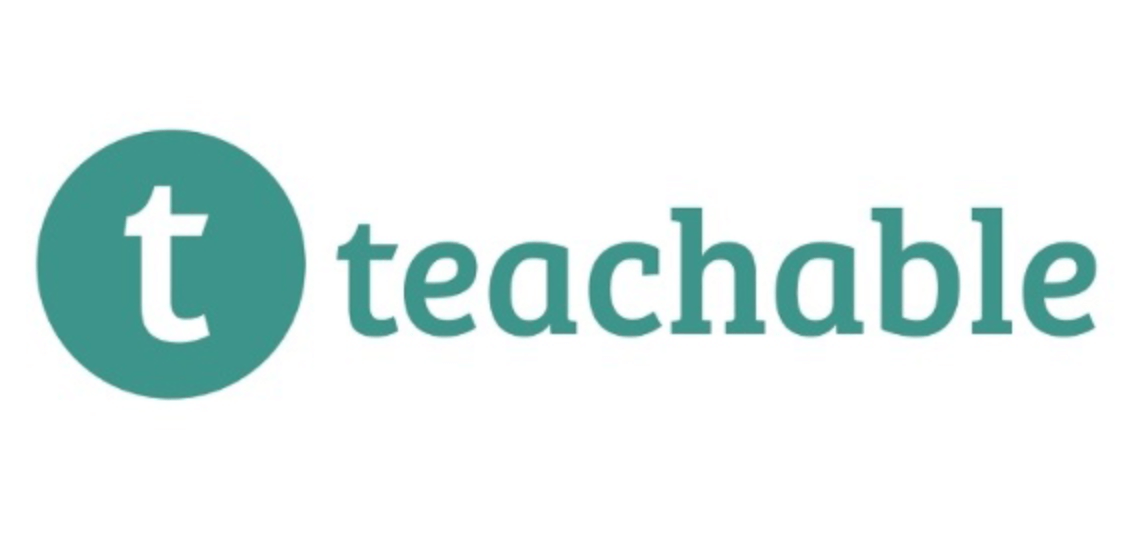By providing an intuitive course builder, easy-to-use payment integrations, and a variety of customization options, Teachable makes it easy to create and sell engaging online courses. In addition, Teachable also offers the ability to embed courses on your website, allowing for a seamless user experience.
Embedding Teachable courses on your website is an important part of ensuring a seamless user experience. By doing so, you can provide an uninterrupted flow of your course from start to finish, with no need to redirect your students to another platform. Additionally, embedding courses directly onto your website may help improve the visibility of your online courses, as users can access them in a few simple clicks.

Understanding Embedding on Teachable
What embedding means, and how it works with Teachable
Embedding essentially allows you to display content from Teachable directly on your website, including course videos, lesson content, and quizzes. It can be a great way to boost engagement for your courses, as it allows students to access your content without having to leave your website. Teachable provides detailed instructions on how to embed content from their platform, as well as a variety of options for customizing the display.
Benefits of embedding Teachable courses into your website
There are several benefits to embedding Teachable courses into your website. For one, it allows you to easily promote and share your courses with your existing website audience. Additionally, it enables you to provide a more seamless and enjoyable learning experience for your students, as they can access your course content without ever having to leave your website. Finally, embedding Teachable courses can also be beneficial from a search engine optimization (SEO) perspective, as the content from Teachable will be displayed on your website.

> > Click Here to Start Teachable for Free < <
Preparing Your Teachable Course for Embedding
Ensuring your course is suitable for embedding
In order for a course to be embedded into a website, the course must meet certain criteria. Firstly, the course must be published and have at least one lesson published. Secondly, the course must be set to “Public”, meaning it is viewable to anyone with the course link. Lastly, the course must be free, as Teachable does not yet support the embedding of paid courses.
Verifying the availability of embedding options for your Teachable course
Once your course is ready for embedding, you will need to verify that embedding is enabled for your course. To do this, navigate to the “Settings” tab in your course, and scroll down to the “Embedding” section. Here, you will be able to see if the option to embed your course is enabled. If it is, then it will be possible to embed your course into any compatible website.

> > Click Here to Start Teachable for Free < <
Obtaining the Embed Code from Teachable
Navigating to the course or lecture you want to embed
The process of embedding a course or lecture into a website starts with navigating to the Teachable dashboard, and selecting the course or lecture you want to embed.
Locating the embed options and generating the embed code
Once inside the course, click on the “Embed” tab in the left-hand sidebar, and select the “Embed on Your Website” option. Here, you can customize the embed settings, such as the width, height, and language, and generate a unique embed code. Copy and paste the embed code into your website’s HTML editor to embed the course or lecture on your website.

> > Click Here to Start Teachable for Free < <
Embedding Teachable into a Website
Accessing your website’s content management system (CMS):
The first step in embedding content in a website is to access your website’s content management system (CMS). Depending on the platform you are using, the process for accessing the CMS will be slightly different. However, once you access the CMS, you will be able to add the Teachable embed code and embed your content on your website.
Pasting the Teachable embed code into your website:
Once you have accessed your CMS, the next step is to add the Teachable embed code. If you are using a popular CMS such as WordPress or Squarespace, there should be an option to add custom HTML to your pages. Simply copy the Teachable embed code from the Teachable dashboard and paste it into the CMS in the designated area.
Previewing and testing the embedded content:
Finally, once the Teachable embed code has been added to your website, you can preview and test the embedded content. Make sure to check the content on different devices, such as desktops, laptops, mobile, and tablets, to ensure the content is displaying correctly and functioning as expected.

> > Click Here to Start Teachable for Free < <
Customizing the Embedded Course
Exploring customization options for the embedded course
There are various customization options available for embedded courses. Through Teachable’s dashboard, you can adjust many settings for your embedded course, including the student view, course content display, student login page, and more. This level of customization enables you to create an embedded course that seamlessly integrates with your website and offers an engaging learning experience for your students.
Adjusting the size, layout, and appearance to match your website’s design
When creating an embedded course, one of the most important steps is to adjust the size, layout, and appearance of the course to match your website’s design. This ensures that your embedded course looks professional and offers a consistent experience for your users. To accomplish this, you can use the “Layout” tab under the course settings to adjust the size of the embedded course and the “Design” tab to customize the appearance of the course, including the fonts, colors, and background. Additionally, you can use the “Content” tab to control the elements displayed on the course page. By adjusting these settings, you can create an embedded course that is customized to match the look and feel of your website.

> > Click Here to Start Teachable for Free < <
Troubleshooting Embedding Issues
Addressing common issues such as display problems or code conflicts
Embedding Teachable into a website can pose several challenges, from display problems to code conflicts. In my experience using Teachable, I have found the most common issues with embedding to be related to the code used to add the Teachable feature to the website. To ensure a successful embedding process, I recommend preparing your site for potential code conflicts and debugging any issues that arise.
Troubleshooting steps and resources for resolving embedding challenges
If you are having trouble embedding Teachable into your website, the first step is to check the code. Make sure the code is compatible with the website’s existing code, and that there are no conflicting elements. If you are having trouble understanding the code, there are a variety of resources available that can help, such as the Teachable Support team and Teachable user forums. Additionally, if your embedding issue is not resolved with basic troubleshooting steps, Teachable offers paid support for more complex coding issues.

> > Click Here to Start Teachable for Free < <
Additional Tips and Considerations
Providing clear navigation and context for the embedded course:
Clear navigation and context are essential for providing a positive user experience when embedding a course into a website. When embedding a course, it is important to consider how users will find the course and where it will be placed on the website. Setting up a dedicated navigation menu, or at least a link on the home page, to help guide users to the embedded course is one of the recommendations. Additionally, it can be helpful to provide an overview or brief description of the course on the page where it is embedded in order to give users a clear understanding of what the course covers.
Monitoring and tracking the embedded course’s performance:
When embedding a Teachable course into a website, it is helpful to keep track of the course performance, such as conversion rates, page views, and engagement metrics. This data can make informed decisions when optimizing the embedded course and improving the user experience. Teachable provides a range of built-in analytics tools and integrations with third-party tracking solutions, making it easy to monitor the embedded course’s performance.

> > Click Here to Start Teachable for Free < <
Conclusion
This article has provided a comprehensive overview of the steps necessary to embed Teachable courses into your website. It discussed the importance of setting up a custom domain, as well as the process of adding embed codes to each course page on your website. Additionally, it highlighted the value of leveraging the Teachable API to further customize your course embeds.
The benefits of integrating Teachable courses seamlessly into your website are numerous. For starters, embedding Teachable courses offers a seamless user experience, allowing your customers to remain on your website and have an uninterrupted learning journey. Additionally, embedding Teachable courses ensures that all of your courses are branded, ensuring that your online course business looks professional and polished.
